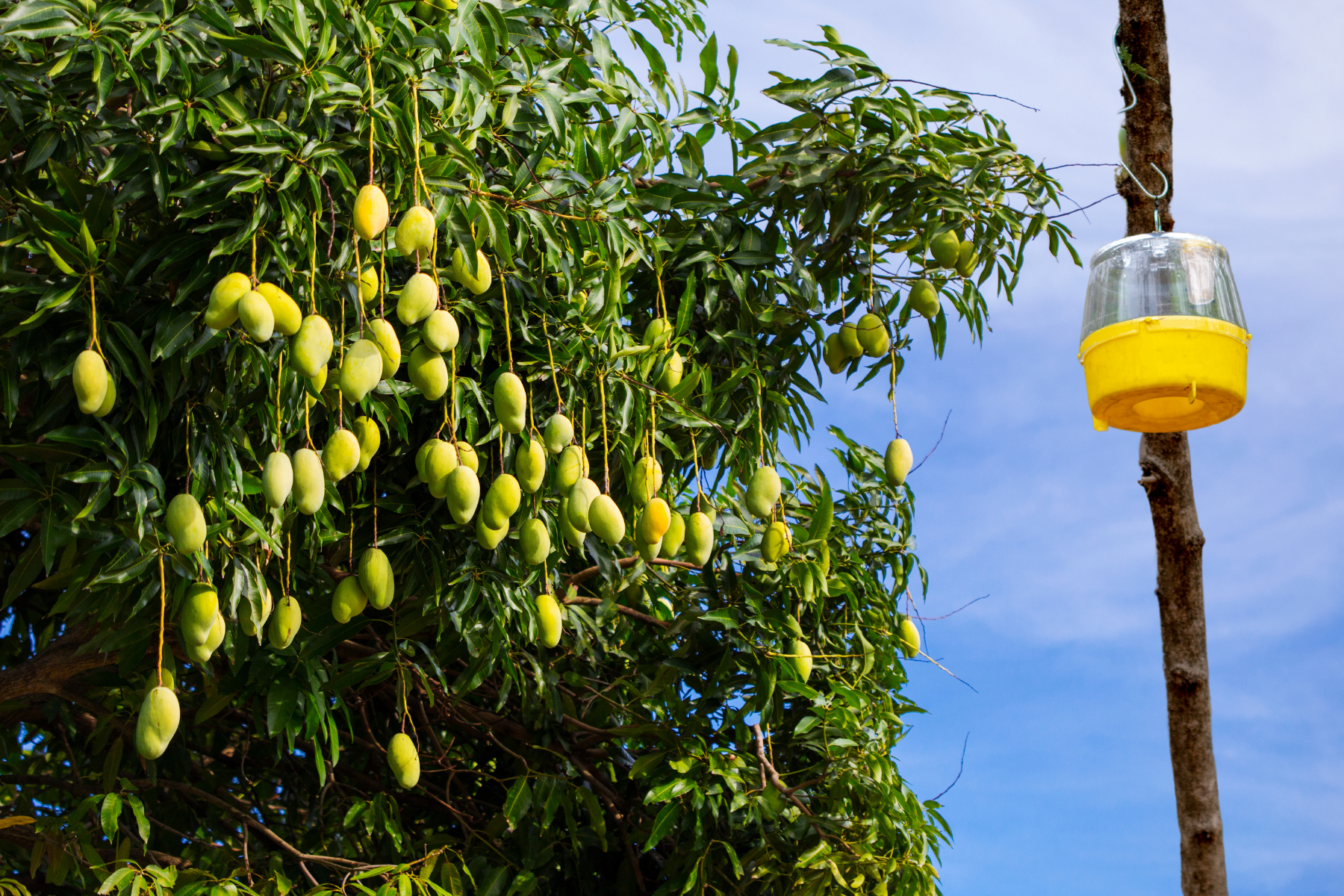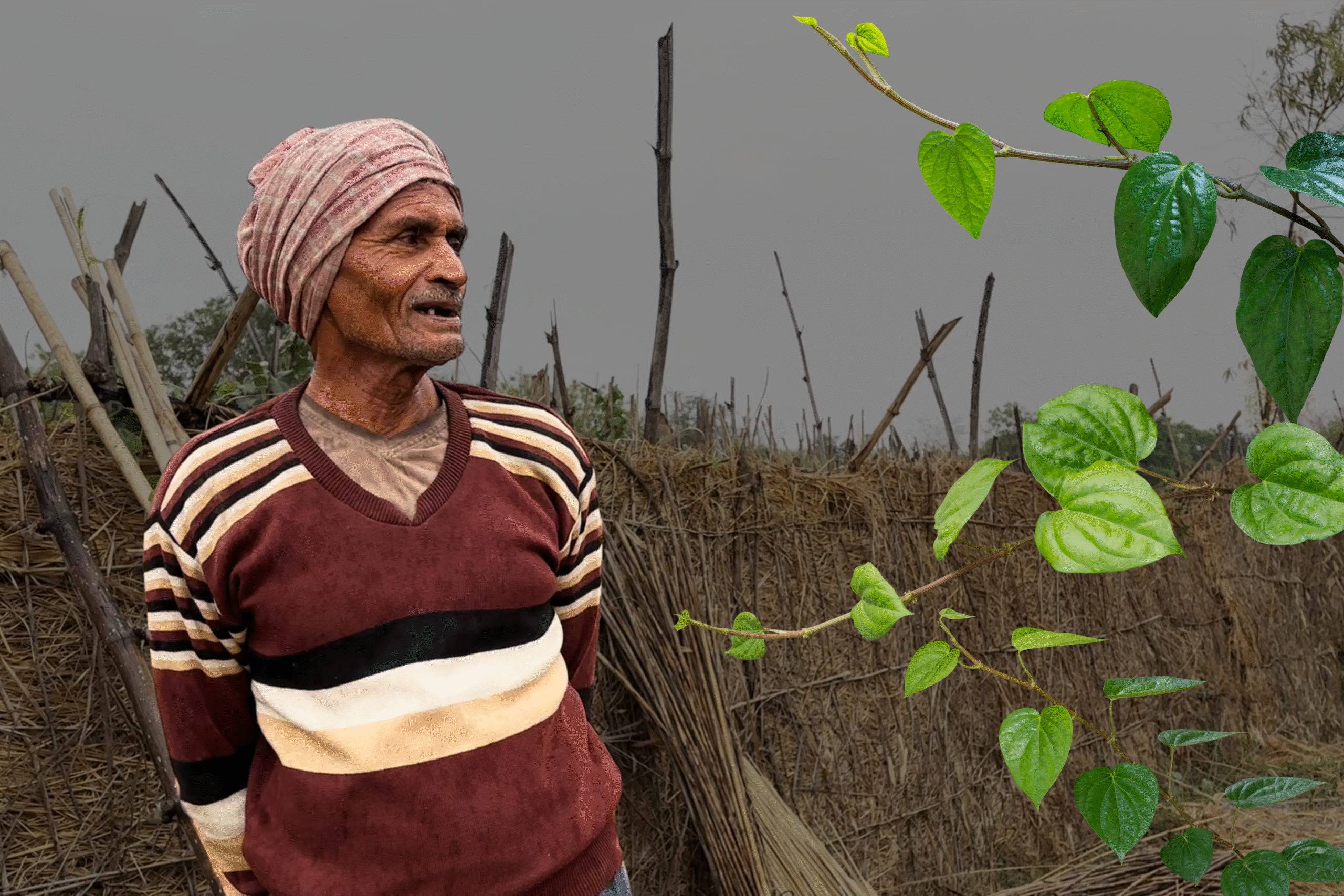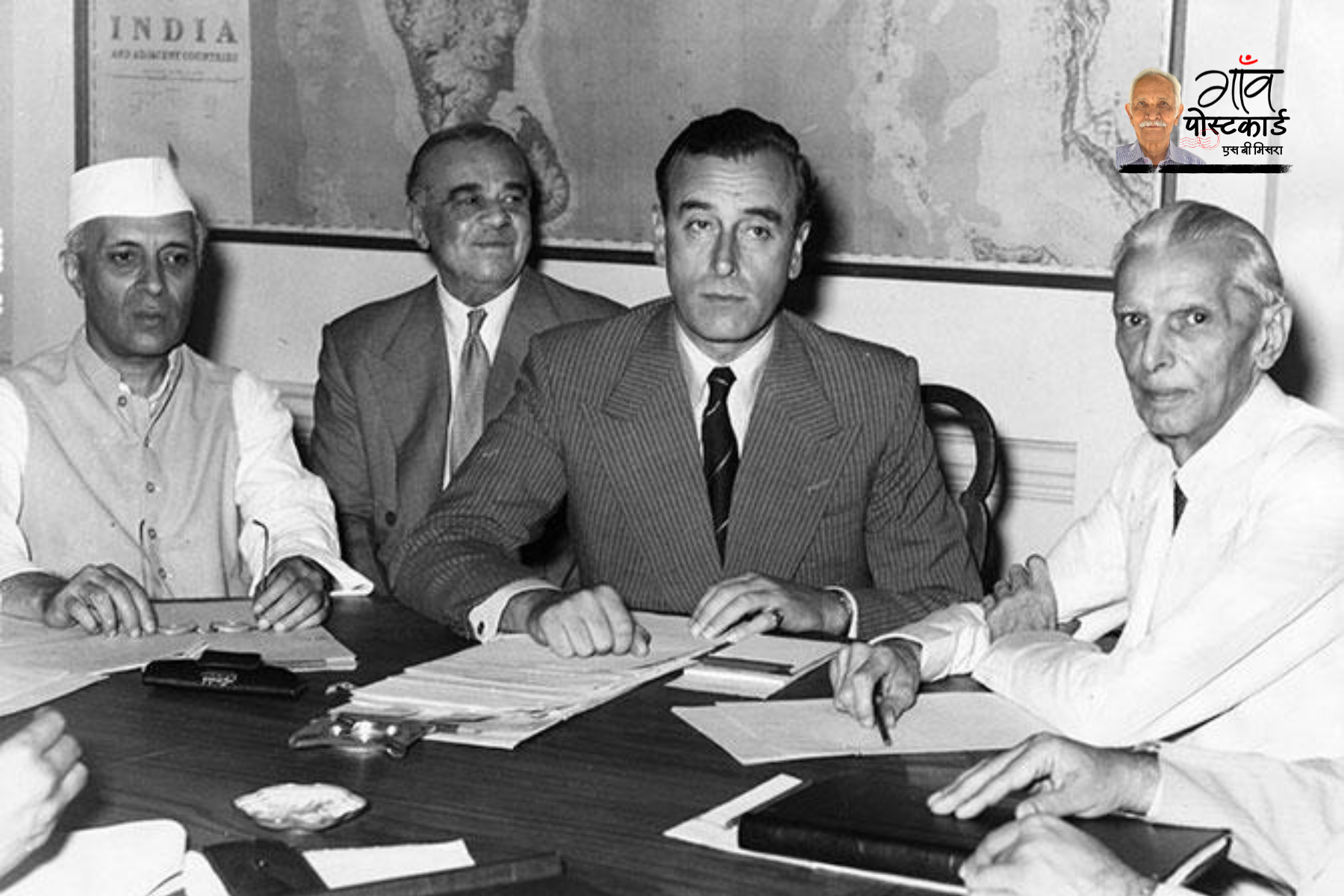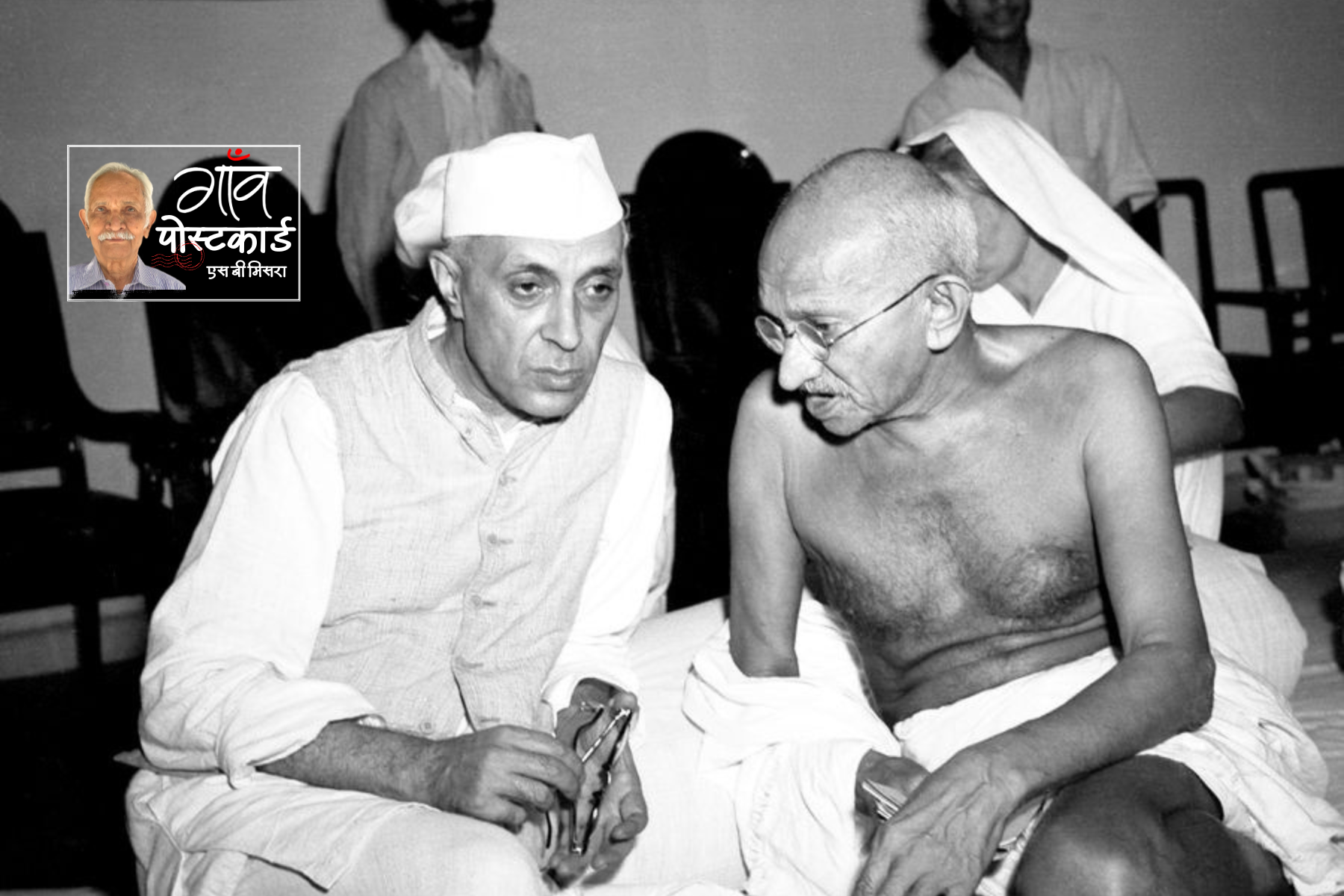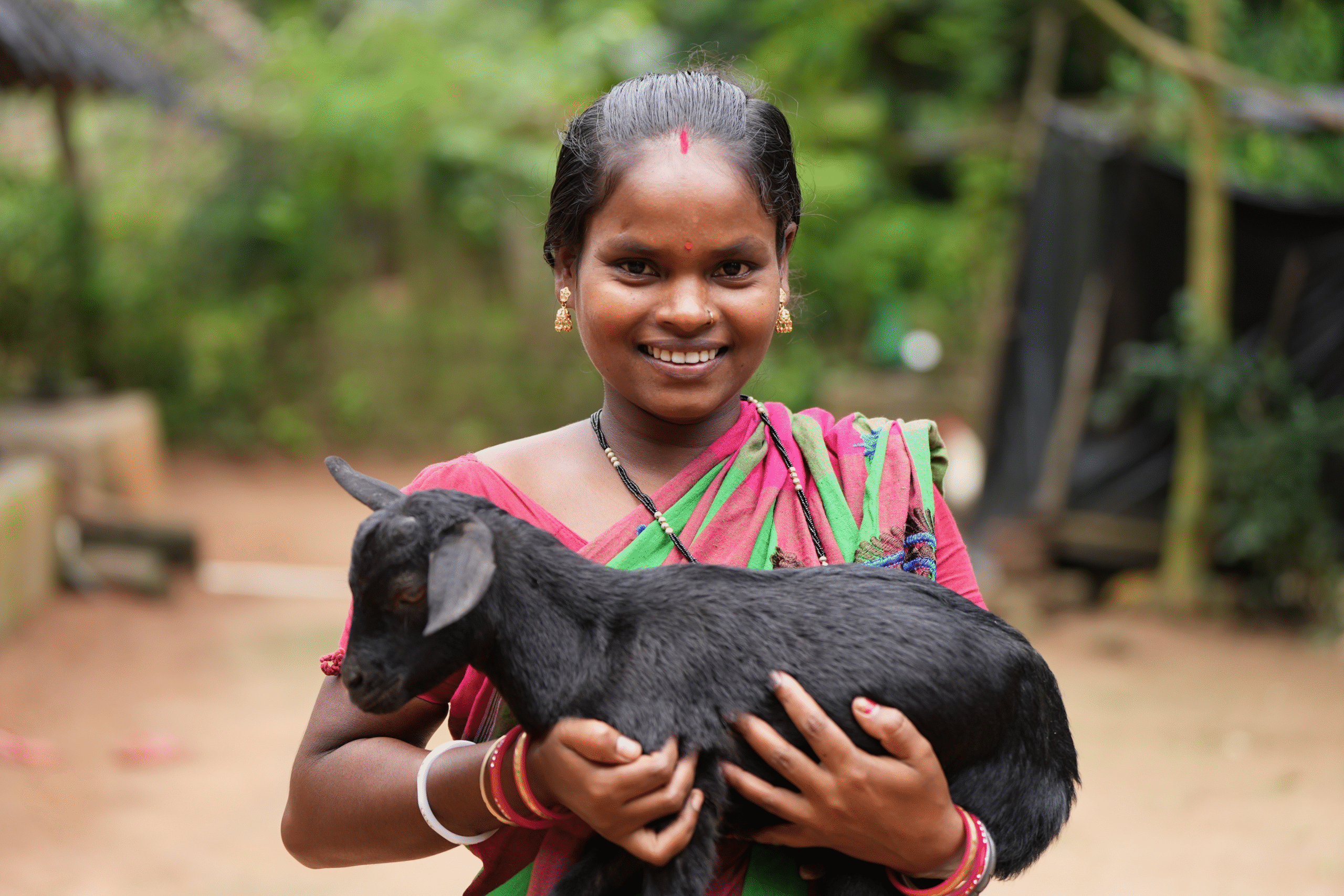Mudassir Kuloo and Raouf Dar
It takes Shaheena Akhtar more than one-and-a-half hours to reach the upper reaches of Chittergul Shangus in Anantnag district, South Kashmir. Whether it is rain, snow or sunshine, the 22-year-old leaves home at 8:30 in the morning, because she knows a bunch of kids from the Gujjar and Bakarwal nomadic communities eagerly await her there.
Akhtar is a ‘seasonal’ teacher and has been teaching for the past six years now. She began teaching when she was only 16 years old in these special ‘Seasonal Centres’, which have been set up for the nomadic population of Jammu & Kashmir, as they migrate, along with their cattle, from one place to another in search of green pastures. Officially, she is known as a Seasonal Educational Volunteer and her engagement is ‘purely temporary’.
According to an official of the J&K education department, over 33,000 children from nomadic communities enrol into these schools. Every year, around 1,500 teachers are engaged as seasonal teachers for a period of six months to teach them.
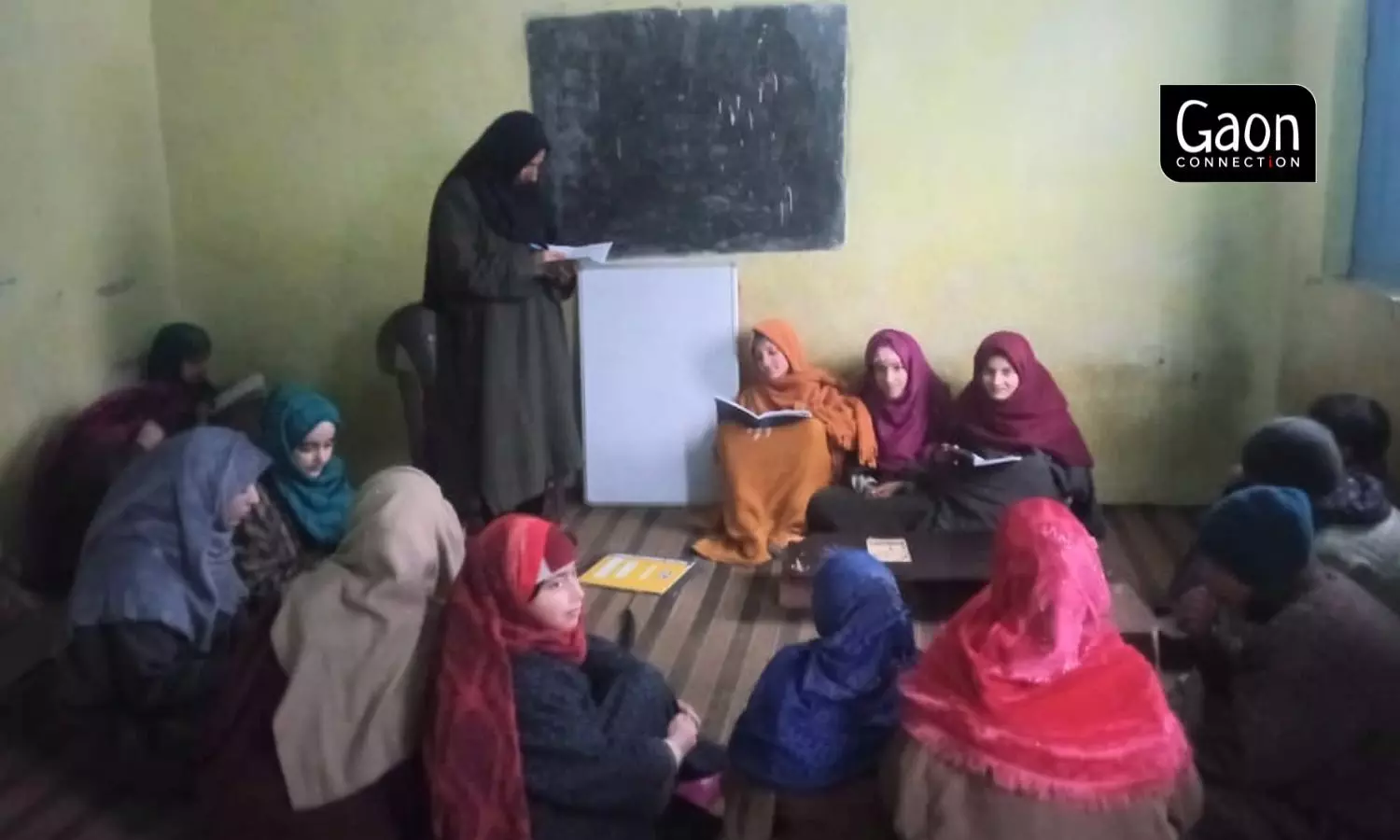
Shaheena Akhtar is a ‘seasonal’ teacher who has been teaching for the past six years now in upper reaches of Chittergul Shangus in Anantnag district, South Kashmir.
“These schools are a top priority of the government since the children of these nomadic communities have few avenues available to them. The government wants to ensure that all required facilities are put in place for them,” Rajeev Rai Bhatnagar, advisor to the Lieutenant Governor in J&K, told Gaon Connection. The Union Territory administration has enhanced the salaries of the seasonal teachers from Rs 4,000 to Rs 10,000 in 2021, he added.
Seasons of study
“Between the months of April and September, I am paid Rs 10,000 a month to teach these children. The rest of the year, I teach them free of cost,” Akhtar told Gaon Connection. The long walk to school through dense forests and inhospitable terrain is difficult and sometimes she takes a family member along with her. But she remains committed to teaching the children of nomadic communities.
The government of Jammu and Kashmir, with support of the central government, began seasonal centres for children of the Gujjar and Bakarwal communities in 2003, and provides the schools with tents, school supplies and educational volunteers like Akhtar.
These nomadic groups, which form 11.9 per cent of the union territory’s total population, camp with their families in the highland pastures during summers along with their sheep and goats. They live in tents and kothas there and return to their homes during the winter months.
Also Read: Left out in the cold: The Chopan shepherds of Jammu & Kashmir are without identity or many rights
According to the website of Samagra Shiksha, Department of School Education, Government of J&K, “Seasonal Educational Volunteers are engaged in these Seasonal Centres for imparting education to the migratory/ nomadic children every year for a maximum of six months period.”
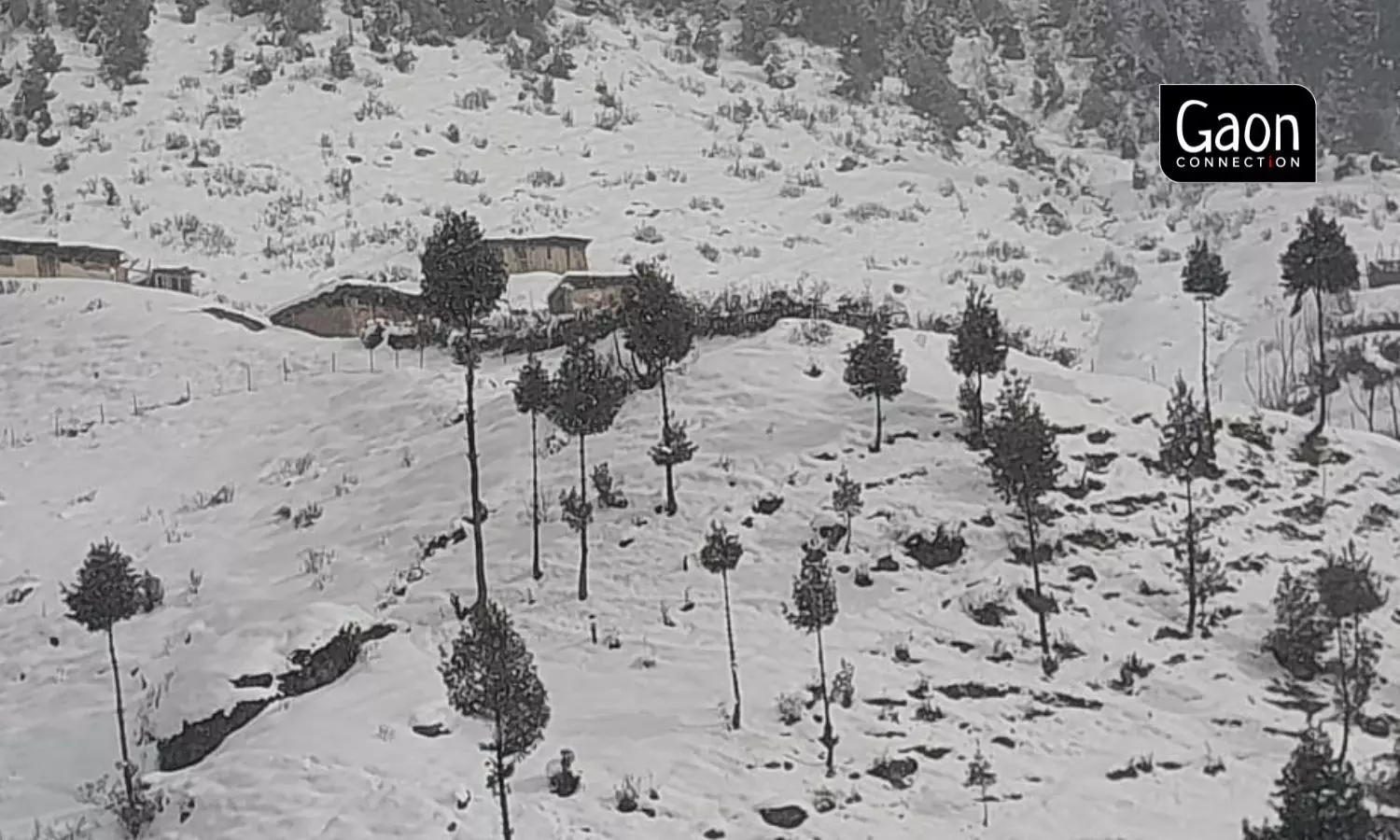
In the harshest of weather, the seasonal teachers travel for kilometers to educate children from the Gujjar and Bakarwal nomadic communities of Kashmir.
Mubarak Hussain Bajard from Chaklipora Shangus in Anantnag district is also an educational volunteer. “I earn Rs 10,000 a month for six months of the year. It takes me two hours sometimes to cover seven kilometres but my love and affection for these children motivates me to do that,” the 29-year-old told Gaon Connection.
Bajard himself has not studied beyond class 12. And, sometimes he has to hire himself out as a labourer in order to make ends meet. “I am well aware of the difficulties these nomadic people face. I can earn better, perhaps doing some other work, but I want to educate these children,” he said. Bajard, who has been teaching for 10 years, has a wife and three children to feed.
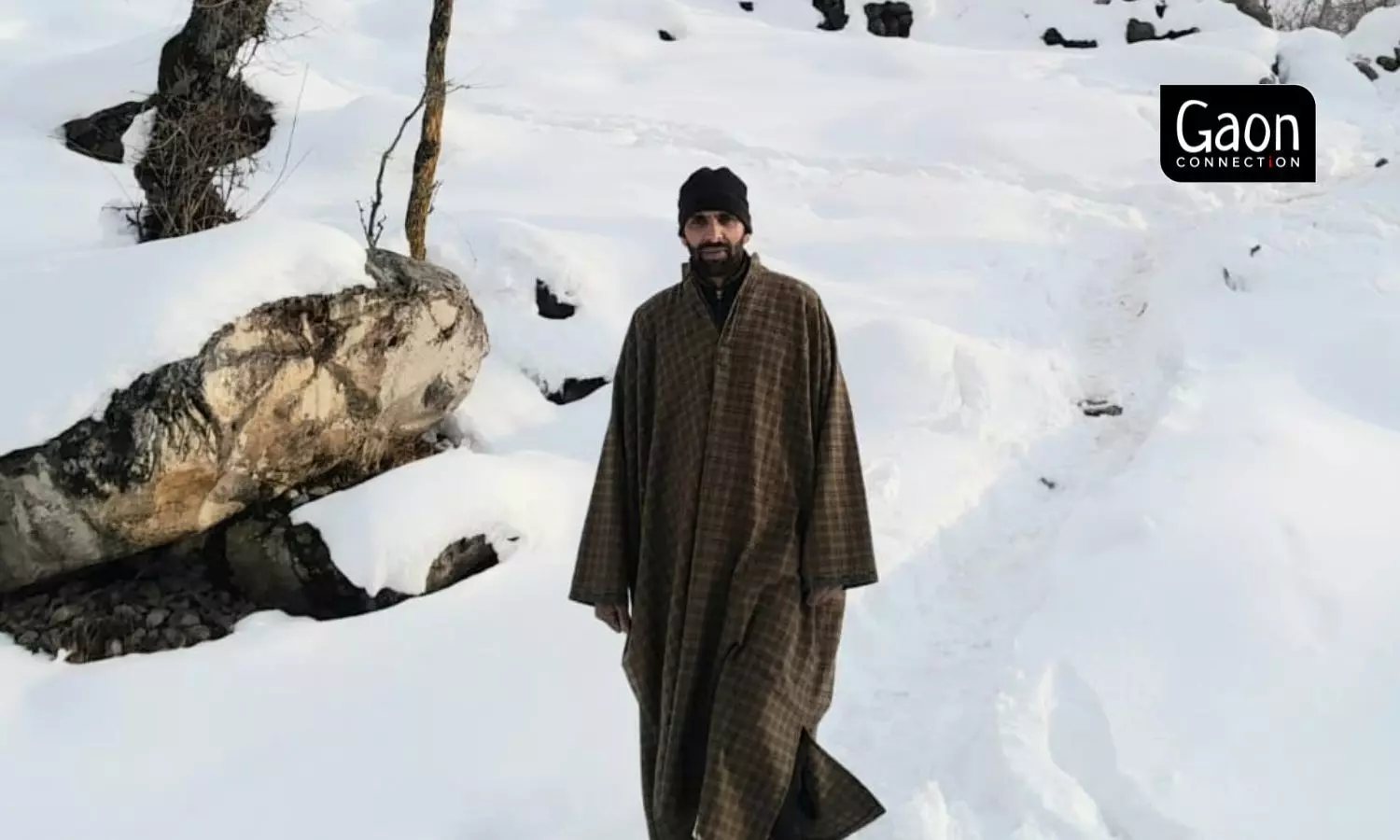
Mubarak Hussain Bajard from Chaklipora Shangus in Anantnag district takes two hours sometimes to cover seven kilometres to reach his students — his motivation to do so.
But against all the odds, these ‘seasonal teachers’ of J&K are helping educate the children of marginalised Gujjar and Bakarwal communities, many of whom are first generation learners.
Also Read: Keeping Education on Track
Taking learning to the children
“I work as a seasonal teacher for six months when the nomadic tribes go to higher reaches. I get paid a salary for that. But, when they return to the lower areas in the bitter winters, I teach their children free of cost in their homes. It is very difficult, but we continue to teach them so that their studies are not interrupted,” Akhtar said.
“It is my passion for teaching that keeps me going. My family is always worried as there are always chances of me encountering wild animals as I walk through uninhabited and deep forests,” the 22-year-old added.
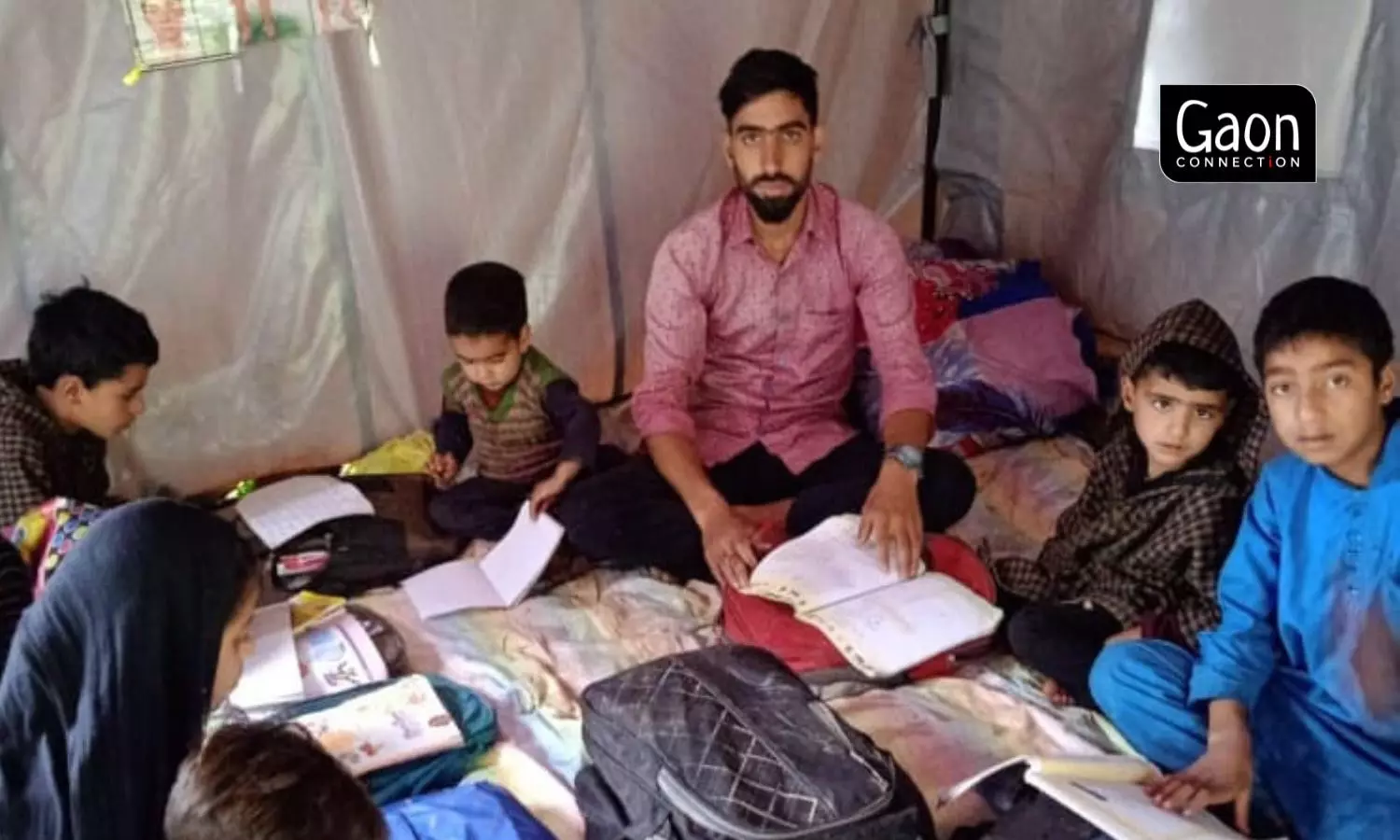
Moomin Ahmad Khan is a seasonal educational volunteer who gives free tuition to the nomadic children in winters at their homes.
In summers, the educational volunteers often leave home at eight in the morning and return home around 7 PM. They walk long distances and navigate difficult terrains to reach the seasonal schools. In winters it is barely any difference. “I walk nearly as much in the winters in the freezing cold to reach the homes of the children,” Bajard said.
Also Read: A special educator gives children with intellectual disabilities a sporting chance to win accolades
Ghulam Mohammad who is from the Bakarwal community prepares to move with his wife and two children to the upper reaches in April when the snowline recedes and it is less cold. They live up-mountain for six months in temporary mud and thatched kothas.
“Because of the seasonal teachers, my children, who are in classes four and six, are receiving an education. Otherwise, living so far away on mountains, they would be deprived of any kind of learning,” Mohammad told Gaon Connection. He said many of these seasonal teachers often stayed with them as they could not commute every day.
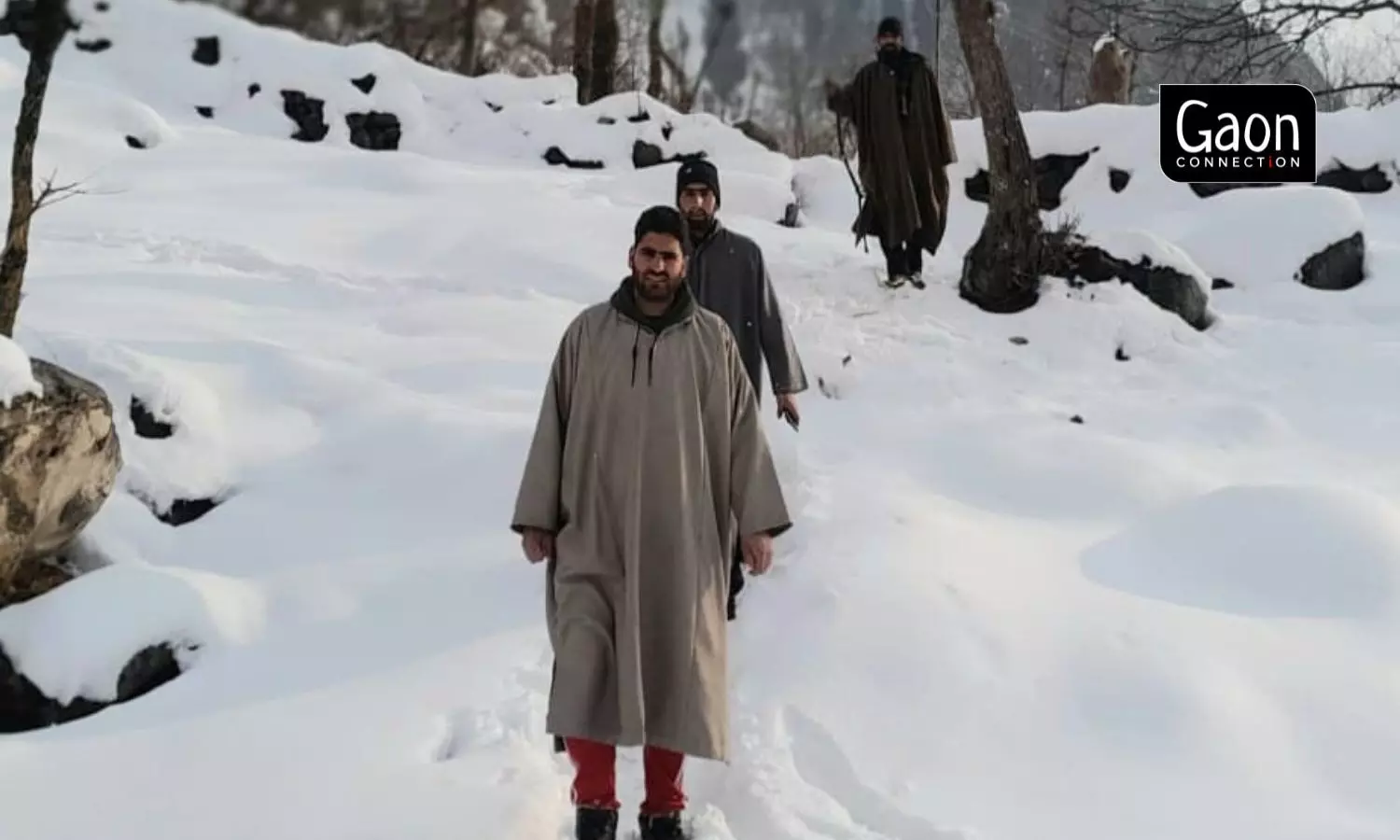
Moomin Ahmad Khan daily walks eight kilometres to teach the children as an educational volunteer.
Mohammad plans to enrol his children into a boarding school after they complete their eighth class. “My son wants to become a teacher and my daughter an environmentalist. Their dreams are kept alive because of these teachers who walk miles to teach them. And, in the winters, they continue to teach them free of cost,” he added.
Also Read: From rag picking to reading — a retd school teacher in Jammu is transforming young lives
Since his childhood, Moomin Ahmad Khan wanted to become a teacher. “I started teaching students after my 12th. I could not study further due to financial constraints. But it gives me immense satisfaction to teach these nomadic children who have very little going on for them,” Khan, who lives in Chaklipora in Anantnag district, told Gaon Connection. He has been teaching for five years and daily walks eight kilometres to teach the children as an educational volunteer.
“In winters, I give free tuition to them at their homes. I leave home around nine in the morning and reach these children’s homes by 10:30 AM,” the 24-year-old said. Like the other educational volunteers, Khan also described the perils of walking long distances to get to the children’s homes.
“We have to be extra cautious as we walk through the forests,” Khan said. He has a family of eight to support with the money he earns as a seasonal teacher. He looks after his parents, wife, two children, two sisters and a brother.
“It is really hard to survive on the Rs 60,000 I earn in a year as a seasonal teacher. I have to supplement this income by working as a labourer, especially in the winters,” he added.


